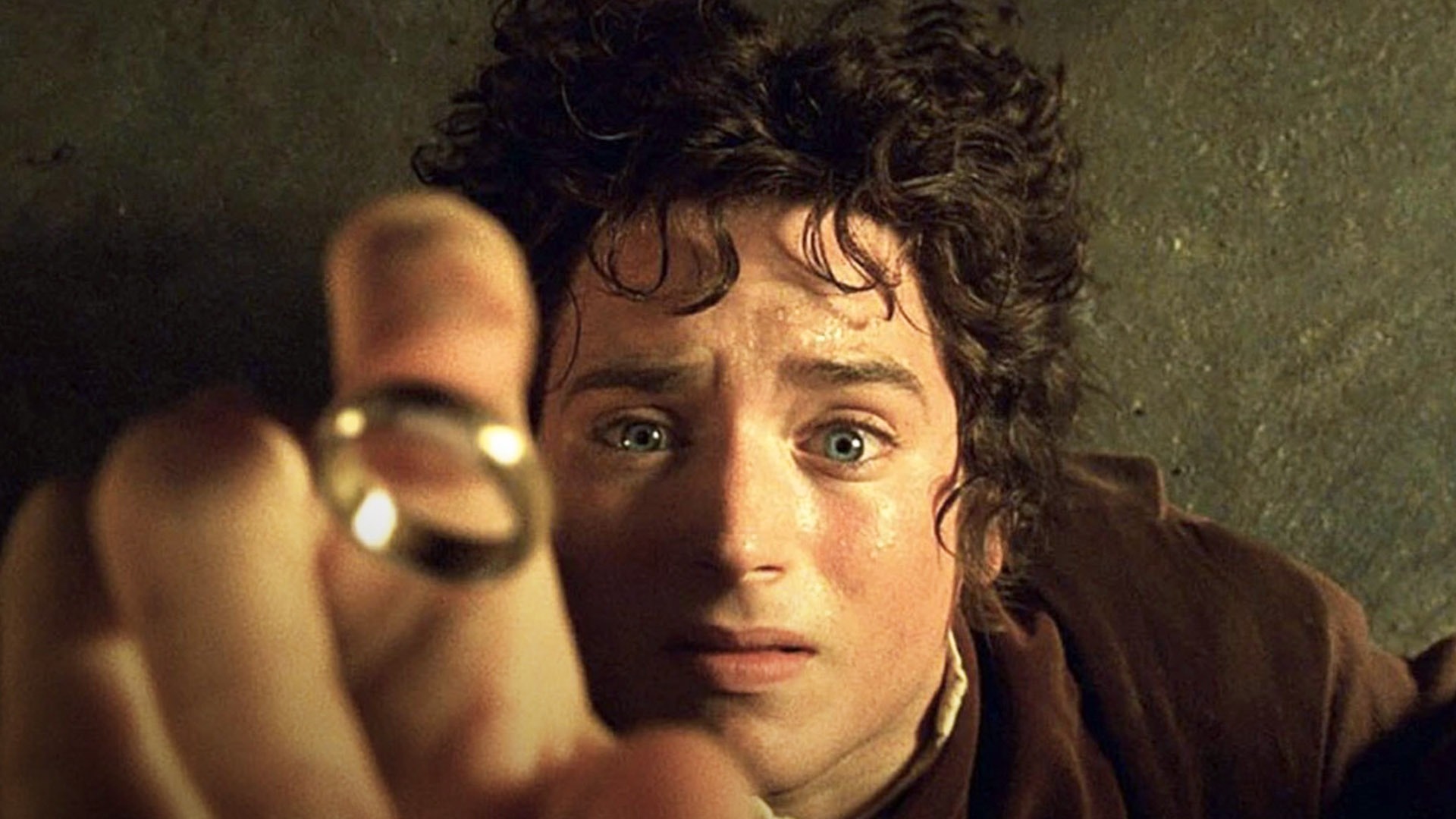Tolkien Tussle: Right’s “Lord of the Rings” Interpretation Debated
The internet is abuzz with a familiar debate: Does the political right truly understand the art they consume? The latest target of scrutiny is J.R.R. Tolkien’s “The Lord of the Rings,” with critics arguing that certain conservative figures and tech personalities are misinterpreting the core themes of the beloved fantasy epic. This isn’t just a matter of literary debate; it raises questions about how power, morality, and societal structures are perceived through the lens of popular culture.
Power, Corruption, and the Perils of Misinterpretation
At the heart of the controversy lies the perceived disconnect between Tolkien’s message and the right’s embrace of it. Tolkien’s work is widely interpreted as a cautionary tale about the corrupting influence of power, the importance of humility, and the acceptance of mortality. The One Ring, a central symbol in the story, represents the allure of absolute power and the dangers of unchecked ambition. Critics argue that some on the right, including figures like Elon Musk (based on his posts on X), seem to miss this fundamental point, instead focusing on elements that seemingly justify existing power structures.
The argument goes that these individuals selectively highlight aspects like the idyllic life of the hobbits in the Shire, attributing it solely to the protection afforded by powerful figures like Aragorn, seemingly overlooking Tolkien’s subtle yet persistent critiques of aristocracy and the inherent dangers of concentrated authority. This selective reading, some say, ignores the nuanced portrayal of heroism in the books, which emphasizes the importance of ordinary individuals rising to extraordinary challenges, rather than relying solely on preordained leaders.
Beyond Middle-earth: A Wider Cultural Trend?
This debate extends beyond “The Lord of the Rings.” Critics suggest it is symptomatic of a broader trend where elements of nerd culture are appropriated and reinterpreted to fit a particular political agenda. This can lead to a distortion of the original work’s message and a reinforcement of existing biases. The danger, they say, lies in using these narratives to justify inequalities and to legitimize a particular worldview, even if that worldview contradicts the original intent of the artist.
A Call for Critical Engagement
Ultimately, this controversy underscores the importance of critical engagement with art and culture. It’s not enough to simply consume; one must also consider the underlying themes, the historical context, and the potential for misinterpretation. While individuals are free to derive their own meanings from works of art, it is essential to acknowledge the potential for bias and to engage in thoughtful discussion about the different ways in which these stories can be understood and applied. The debate surrounding “The Lord of the Rings” serves as a valuable reminder that even in fantasy, the power of interpretation can have real-world consequences.
Based on materials: Vox





